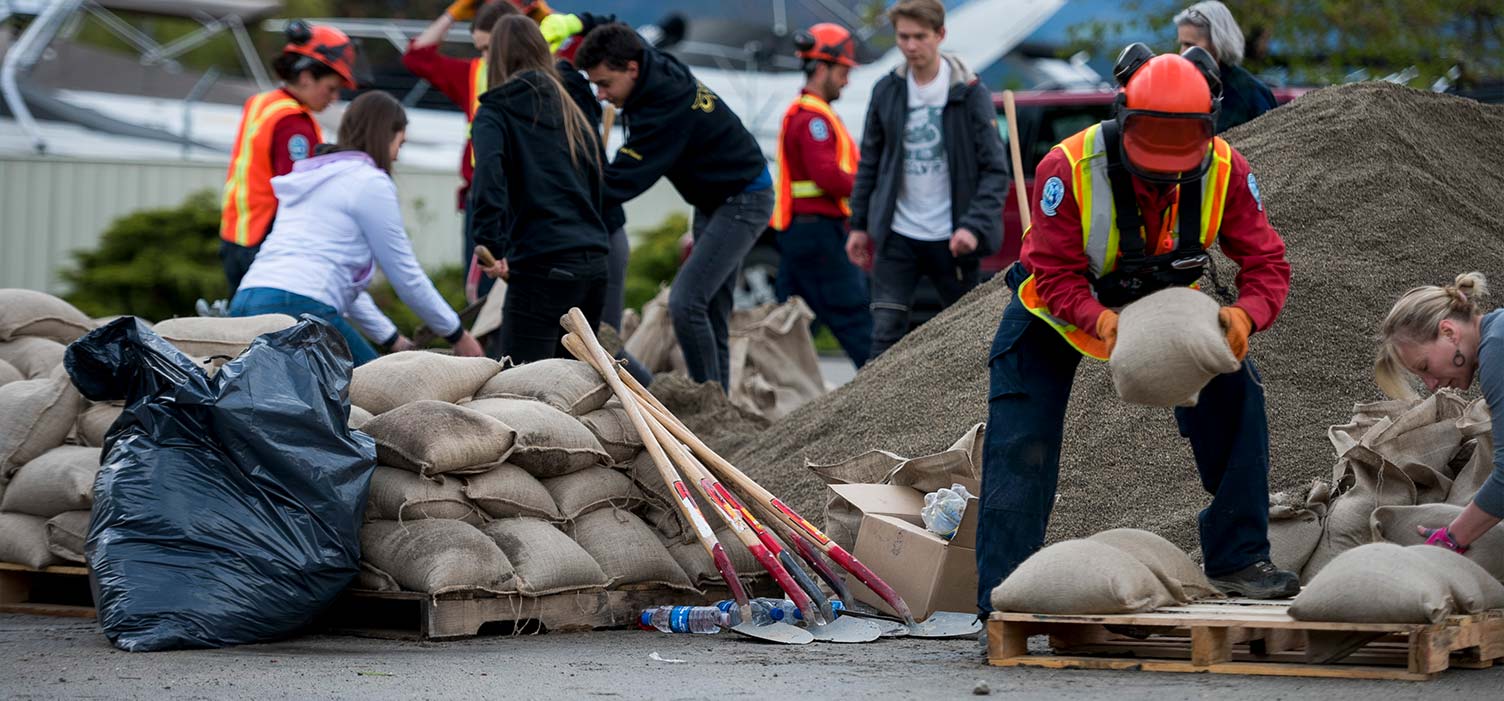
By David Fukutomi, Program Director, Center for Homeland Defense and Security
Special districts occupy a unique place in California especially as it relates to disaster response and recovery. In an emergency, you will be faced with serving the public and coping with the impacts to your own organization.
Your organization can do its part to become more resilient or improve your ability to “bounce back” after a disaster. I’ve listed some key thoughts and resources, focused on preparedness, to consider as you develop your own plans, training and procedures and to build a culture of preparedness into your organization.
Keep it simple
- Simple is better especially when it comes to training, developing emergency procedures or writing a plan.
- It works best when you incorporate preparedness into daily routines and processes.
- Make sure procedures (especially contracting) for an emergency are consistent with your normal business practices.
- Many plans failed during the actual emergency because they were not well understood or too complicated for staff to initiate following an incident.
You are not aloneIn addition to CSDA, there are many other organizations that have information, resources and training available to support preparedness, coordinate response and facilitate recovery. These resources include documents, on line and in person training. Links to a few key resources are listed at the bottom.
Build relationships nowStart with your local emergency management agency, either city or county. Become familiar with where and how your organization fits in an incident. Park and utility districts generally have a closer relationship to emergency management agencies, but every district plays a role. You may need resources, have resources or both. These relationships will also be key to sharing information before, during and after an event.
Impact to your workforceGovernment agencies and special districts focus on aiding the public following an emergency, which is great. Often forgotten is the impact to employees and their families. No organization is immune to the impacts of disaster in their communities. Be sure to consider those impacts as you prepare.
Plans and exercisesIt’s better to leverage what others have already developed. Talk to your peers and consult with local emergency managers about existing plans, planning
efforts and exercises. Plans that incorporate common concepts with partner agencies will facilitate collaboration. There is safety in numbers when conducting exercises. You will find greater benefit by being part of a larger exercise than going at it alone. Many annual exercises already exist.
Preparedness is a journey. Taking steps now will benefit your organization and the public you serve. David Fukutomi is a former state and federal emergency management official -
davidfukutomi@hotmail.com.
Training and information Links
California Emergency Services Association (CESA)
www.cesa.net
FEMA and the Emergency Management Institute (EMI)
www.fema.gov
California Governor’s Office of Emergency Services (Cal OES)
and the California Specialized Training Institute (CSTI)
www.caloes.ca.gov
https://www.caloes.ca.gov/cal-oes-divisions/california-specialized-training-institute
International Association of Emergency Managers (IAEM)
https://www.iaem.com/home.cfm
Los Angeles Homeland Security Advisory Council (LA HSAC)
https://www.hsacouncil.org
Water Emergency Response Organization of Orange County (WeROC)
https://www.mwdoc.com/your-water/emergency-management/